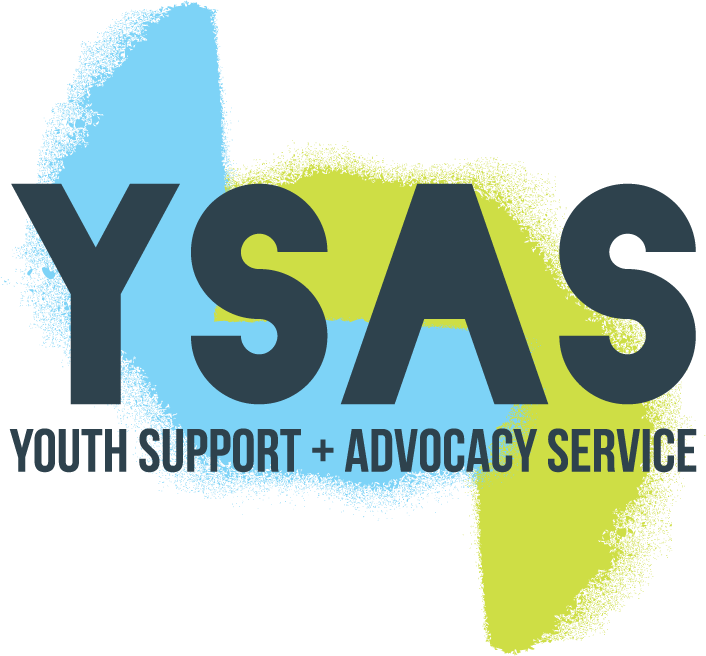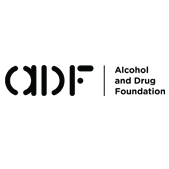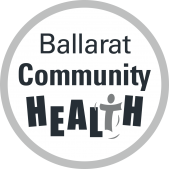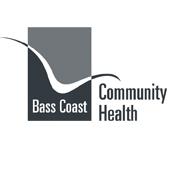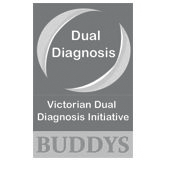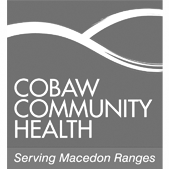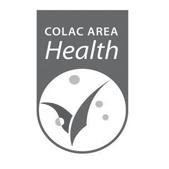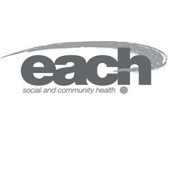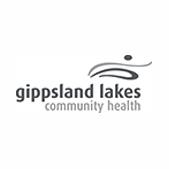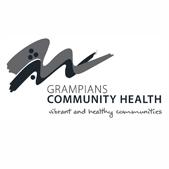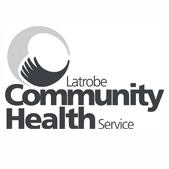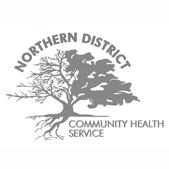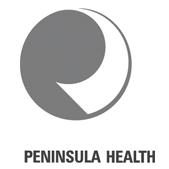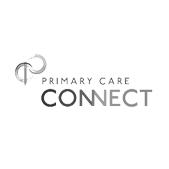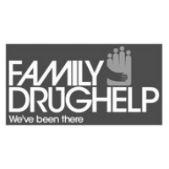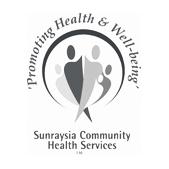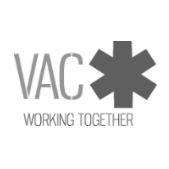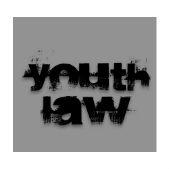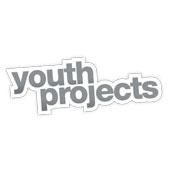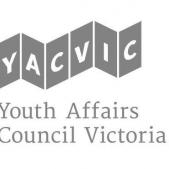Understanding Youth AOD
Why do drugs or alcohol become a problem?
Common to all drug use is a ‘positive’ function. Young people wouldn’t do it if there wasn’t a good reason. The function might be to provide pleasure (to enhance social activity) or provide an enjoyable physical response.
Or it might be to offer relief from physical or emotional pain or anxiety. For many, the positive function is a combination of each. Despite the positive function, drugs become a problem for many students. Rather than an individual failing or simply a disorder from within a young person’s brain, a multitude of factors can all have an influence over whether or not a young person develops a drug or alcohol problem.
For instance young people might begin drug use as part of adolescent experimentation. Or perhaps they’re introduced to alcohol and other drugs in a family context where drug use is normal. Living in environments where drug use is an accepted part of everyday life significantly increases the likelihood of a young person developing a problem with drugs. Youth workers call such environments a ‘risk factor’.
Risk factors are circumstances or factors that increase the chances of problems developing. Risk factors can occur at an individual, peer, family, school and wider community level. They include experiences of abuse or neglect, absence of family supports, homelessness, family violence, school exclusion and high availability of drugs in a neighbourhood.
In addition to risk factors there are ‘protective factors’. These increase a young person’s likelihood of avoiding problematic substance use. Protective factors also occur at different levels of a young person’s life and include strong and supportive relationships with caregivers, positive peer networks, meaningful engagement with school or work, safe and secure housing and a positive relationship with adults outside of the family (such as teachers). Check out this table with examples of risk and protective factors specific to the development of drug and alcohol problems.
There is no single cause or prevention of problematic substance use; however, when risk factors outnumber protective factors, a student is not only more vulnerable to developing a problem, but is also less likely to be able to get back on track given the absence of supports and protection.
Want to know how schools can help? Check out this article about the role of schools in supporting young people.




